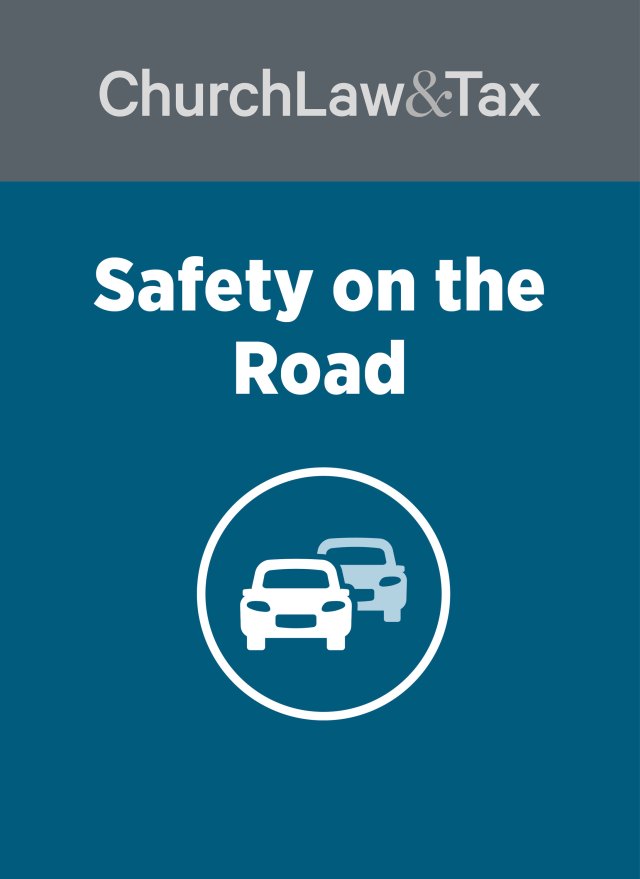• Key point 10-02. The doctrine of respondeat superior imposes vicarious liability on employers for the negligent acts of their employees committed within the scope of their employment.
• Key point 10-11. A church may be legally responsible on the basis of negligent supervision for injuries resulting from a failure to exercise adequate supervision of its programs and activities.
Negligence as a Basis for Liability
* A New York court upheld the validity of a state law making it a crime to operate a motor vehicle while using a cell phone. A woman was seen using a hand-held cell phone by a police officer who immediately pulled her over and issued her a ticket. The woman claimed that the New York “cell phone law” violates both the New York and United States Constitutions. Specifically, she claimed that the law was too vague, invaded the privacy of citizens, and violated the Constitution’s guaranty of the equal protection of the laws. The court began its opinion by noting, “From the mid 1990’s onward, the ubiquitous presence of the wireless telephone, or cell phone has spread throughout the country, and it appears most visible in the various metropolitan areas. With roughly 80 million cell phone users, there has been an increase in the number of motor vehicle accidents, some fatal, that resulted from the use of these hand-held phones, where the operator maintains less than full-time attention to the operation of the motor vehicle.” In 2001 New York became one of the first states in the nation to enact a law prohibiting use of hand held cell phones while operating a motor vehicle. The court conceded that a law that is so vague that a reasonable person of ordinary intelligence is unable to ascertain what conduct is prohibited is void. However, the cell phone law was not invalid on this ground. To the contrary, the law simply states, “No person shall operate a motor vehicle upon a public highway using a mobile telephone to engage in a call while such vehicle is in motion.” The law distinguishes between the prohibited “mobile telephones” and the permitted “hands free mobile telephone” where the operator of the motor vehicle can maintain “both hands” on the applicable steering device. This language “is clear and indisputable to the ordinary citizen.”
The court also rejected the argument that the cell phone law violated the right of privacy. It observed, “The only impediment placed upon the public is to refrain from using a hand held cell phone while the car is in motion. The citizen can speak after the car has stopped or may operate a hands free cell phone. This limited inconvenience is no greater than requiring the use of seat belts or motorcycle helmets, or prohibiting cigarette smoking in public buildings. Accordingly, the state’s regulation here is reasonable in its intentions and is a valid use of the legislature’s police authority.” Lastly, the court also rejected the argument that the cell phone law violated the constitutional guaranty of equal protection of law. The woman pointed out that the cell phone law contained several exemptions (emergency response operator, hospital, ambulance, fire department, health clinic, medical doctor’s office, police department). She claimed that these exemptions prevented the state from subjecting others to the sanctions of the law. The court disagreed, noting that it was reasonable for the legislature to exempt those vehicles and professionals who are needed to make emergency phone calls as part of their employment.
Application. This ruling will no doubt embolden other jurisdictions to consider similar laws. Church leaders should follow developments closely in their state and community. Even without such a law, churches face potential liability for deaths and injuries caused by employees who were using a cell phone while operating a vehicle on church business. It is for this reason that many churches are adopting policies prohibiting the use of cell phones by church employees while operating a vehicle on church business. People v. Neville, 737 N.Y.S.2d 251 (2002).
Resource. For additional information on the legal issues associated with the use of cell phones by church staff while operating vehicles on church business, see the October 2000 issue of Richard Hammar’s Church Treasurer Alert! newsletter.
© Copyright 2001 by Church Law & Tax Report. All rights reserved. This publication is designed to provide accurate and authoritative information in regard to the subject matter covered. It is provided with the understanding that the publisher is not engaged in rendering legal, accounting, or other professional service. If legal advice or other expert assistance is required, the services of a competent professional person should be sought. Church Law & Tax Report, PO Box 1098, Matthews, NC 28106. Reference Code: m58 c0303
